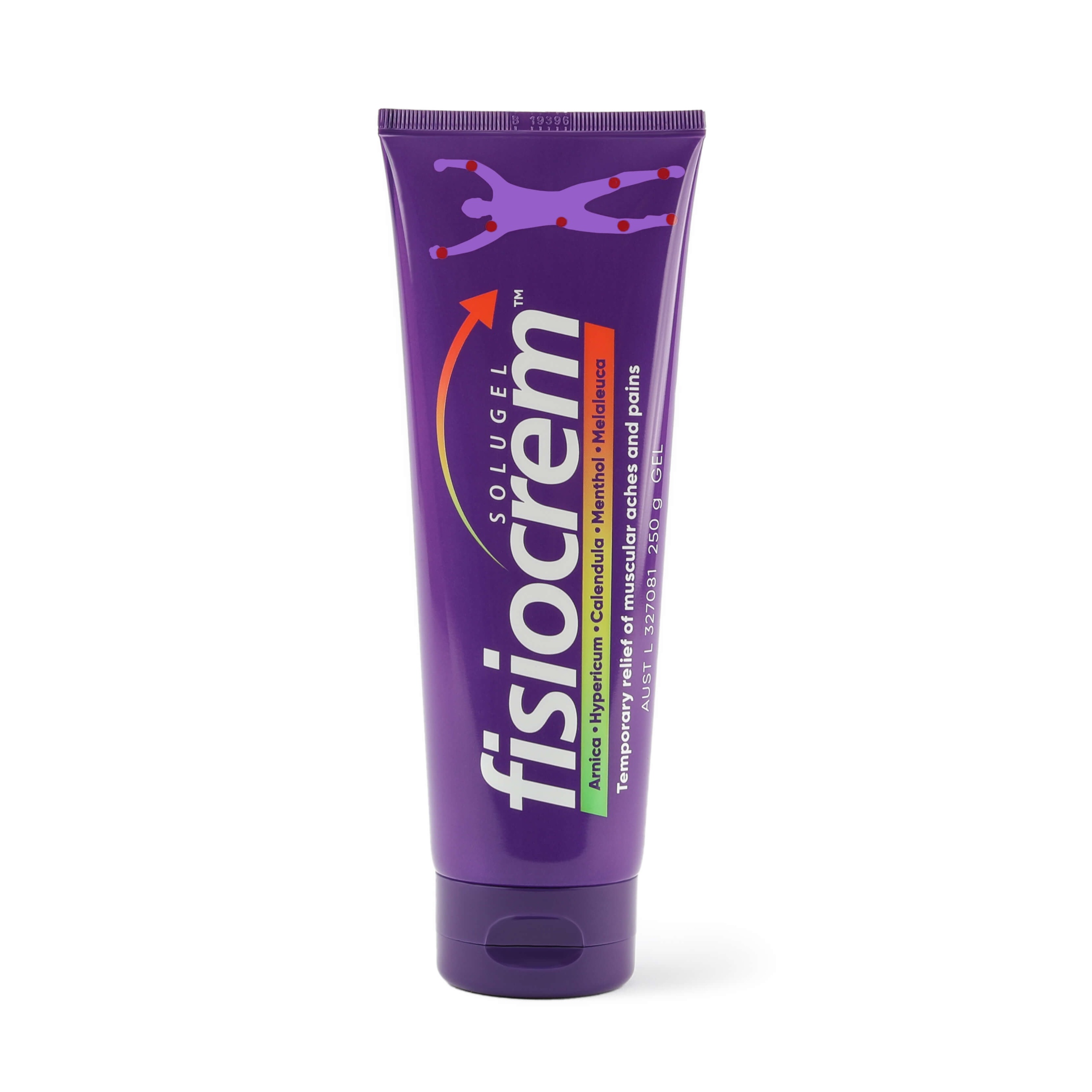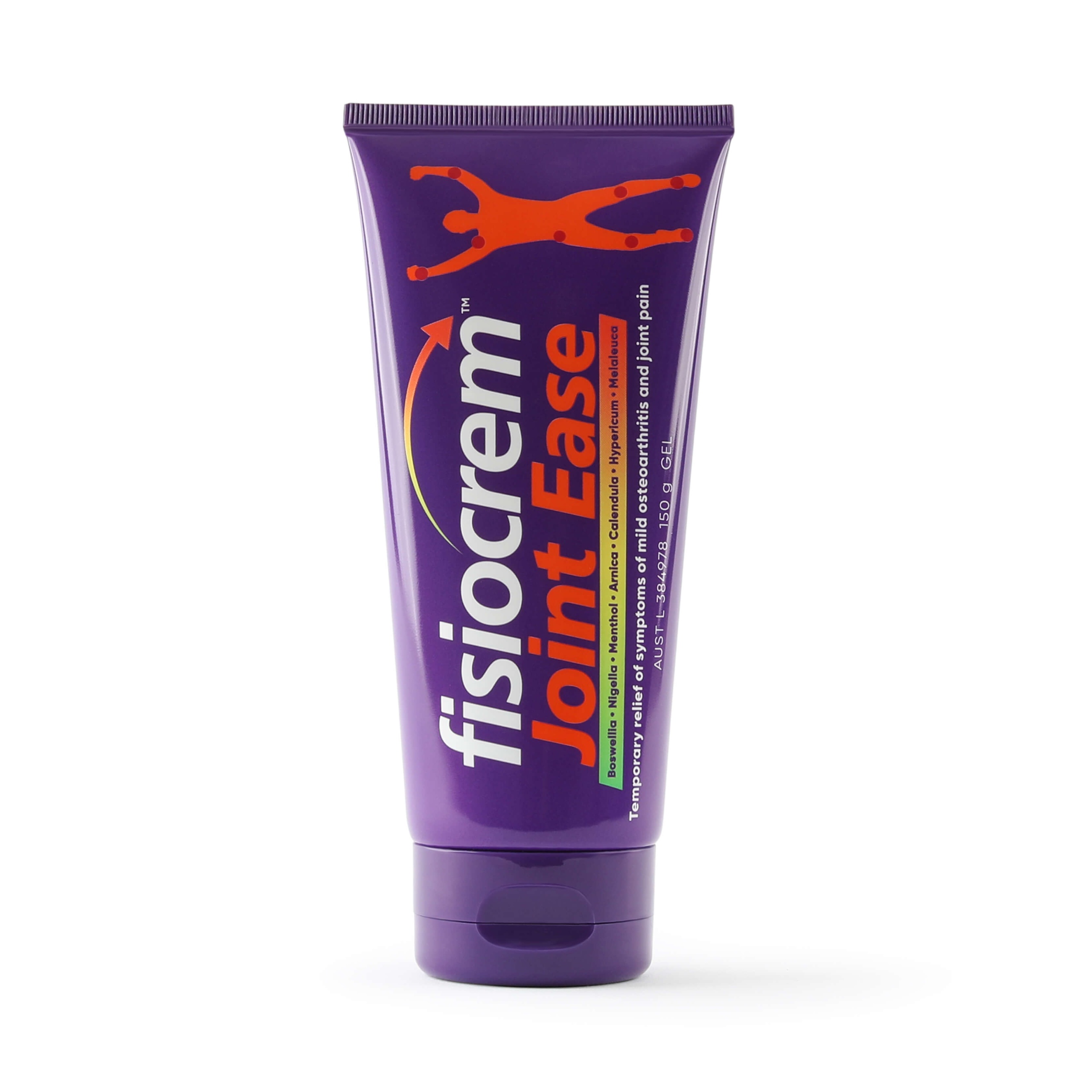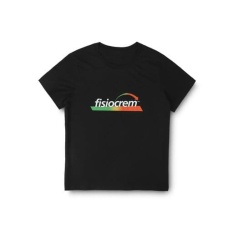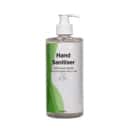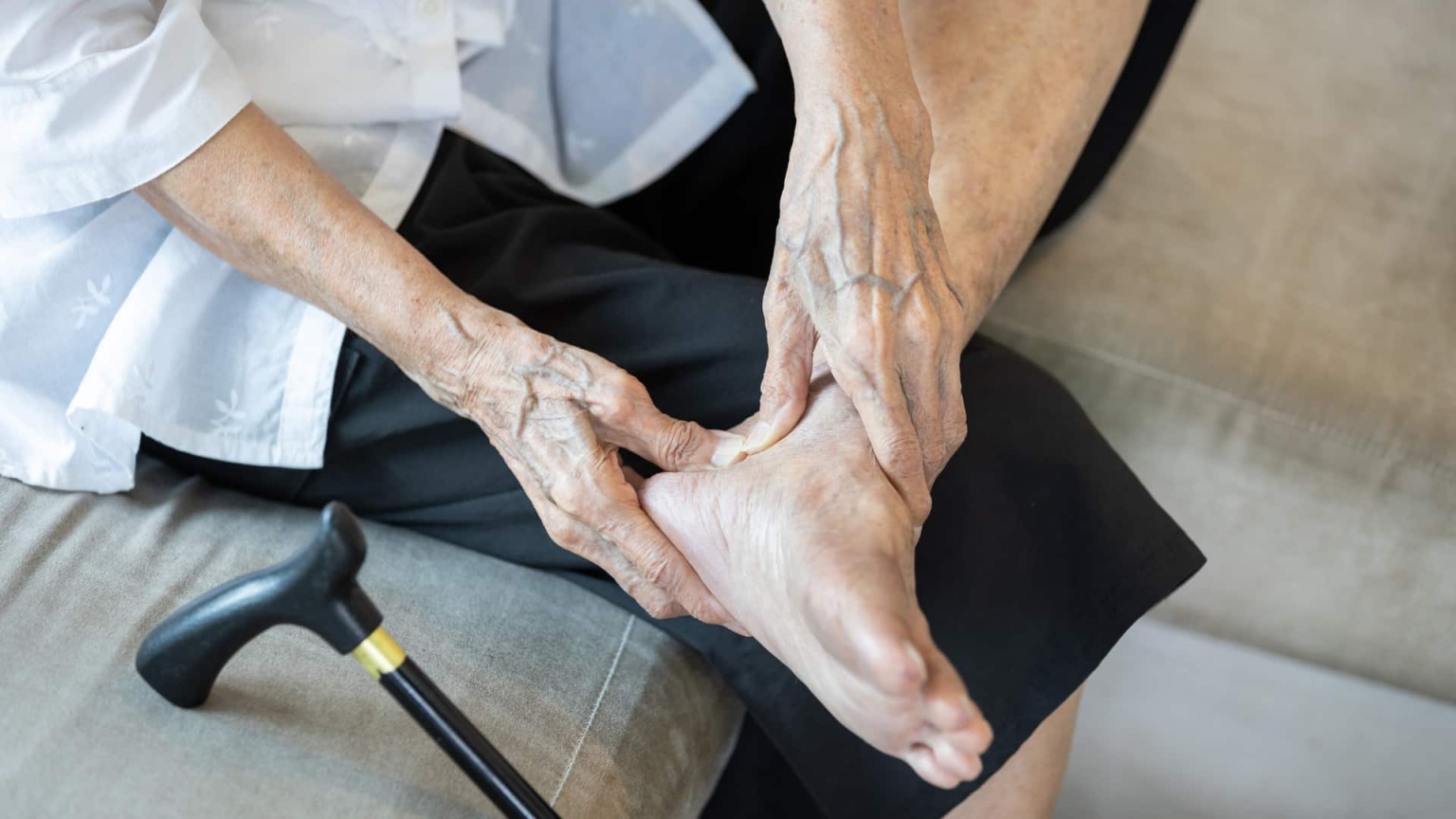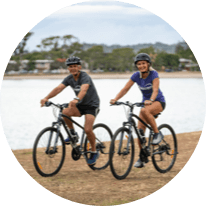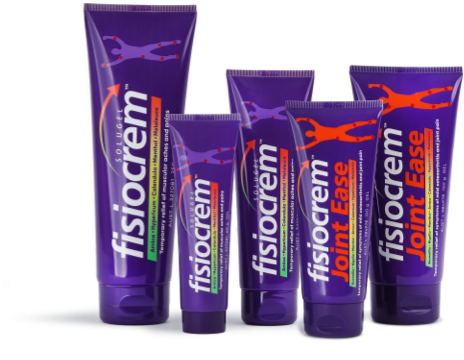Ankle and foot pain can be a hindrance to our daily activities. Many people can experience ankle and foot pain when walking, running or even experience sudden ankle pain without injury or swelling. This affects an individual’s mobility and overall well-being. Understanding the various types and causes of such pain is crucial for effective management and prevention.
Common causes of Ankle pain
Ankle pain can stem from various causes, each demanding unique attention and care. Some common causes include:
- Injury: Sprains, strains, or fractures resulting from twists, falls, or impacts.
- Overuse: Excessive strain on the ankle because of prolonged physical activity or repetitive motion.
- Mild Arthritis & Mild Osteoarthritis: Inflammatory joint conditions.
- Infections: Bacterial or viral infections affecting the ankle joint or surrounding tissues.
Preventing Ankle Pain
Taking steps to prevent ankle issues is as important as treating existing problems. Strengthening training exercises can reduce repetitive ankle sprains. Doing regular strength exercises can lower the chance of recurring injuries, lessen pain, and improve flexibility (Van Reijen et al, 2017).
Home Remedies for Ankle Pain
Some simple yet effective remedies for treating ankle pain or an ankle sprain at home include:
- RICE method – Rest, Ice, Compression, Elevate. Rest the ankle, elevate the leg, and apply ice to the affected area to help reduce swelling and numb the pain.
- Gentle Exercises – Engage in gentle exercises like ankle rotations and flexion and extension movements to improve flexibility and strengthen the muscles around the joint.
- Topical anti-inflammatory creams and gels like fisiocrem Solugel and fisiocrem Joint Ease.
If the pain gets worse, see a healthcare professional for personal advice.
Relieving Swollen Feet and Ankles
Edema is swelling in the ankles and feet and typically arises from injury or inflammation (Voice Dart, 2015). You can reduce swelling in the feet and ankles in a couple of ways.
- Elevate your legs above your heart to improve blood flow and decrease swelling.
- Applying a cold compress or ice pack to the affected area for short intervals can also help alleviate inflammation.
- Engage in gentle exercises, such as ankle rotations or toe stretches, to stimulate blood flow and prevent stiffness.
- Consider wearing compression socks to promote better circulation and reduce swelling.
- Drinking enough water and eating less salt can keep the body’s fluid levels in balance and prevent swelling.
If swelling continues or gets worse, it’s important to see a doctor to determine why and get the right treatment.
Ankle Strengthening Exercises
Enhancing the strength and stability of your ankles can help prevent injuries and promote overall joint health. For example experts recommend a mix of Isometric and dynamic resistance exercises to build ankle strength (Wolfe et al, 2001). Simple exercises like toe raises, toe curls and resistance band exercises like lateral leg raises (Wolfe et al, 2001). Engage in targeted exercises to strengthen your ankles and improve overall flexibility.
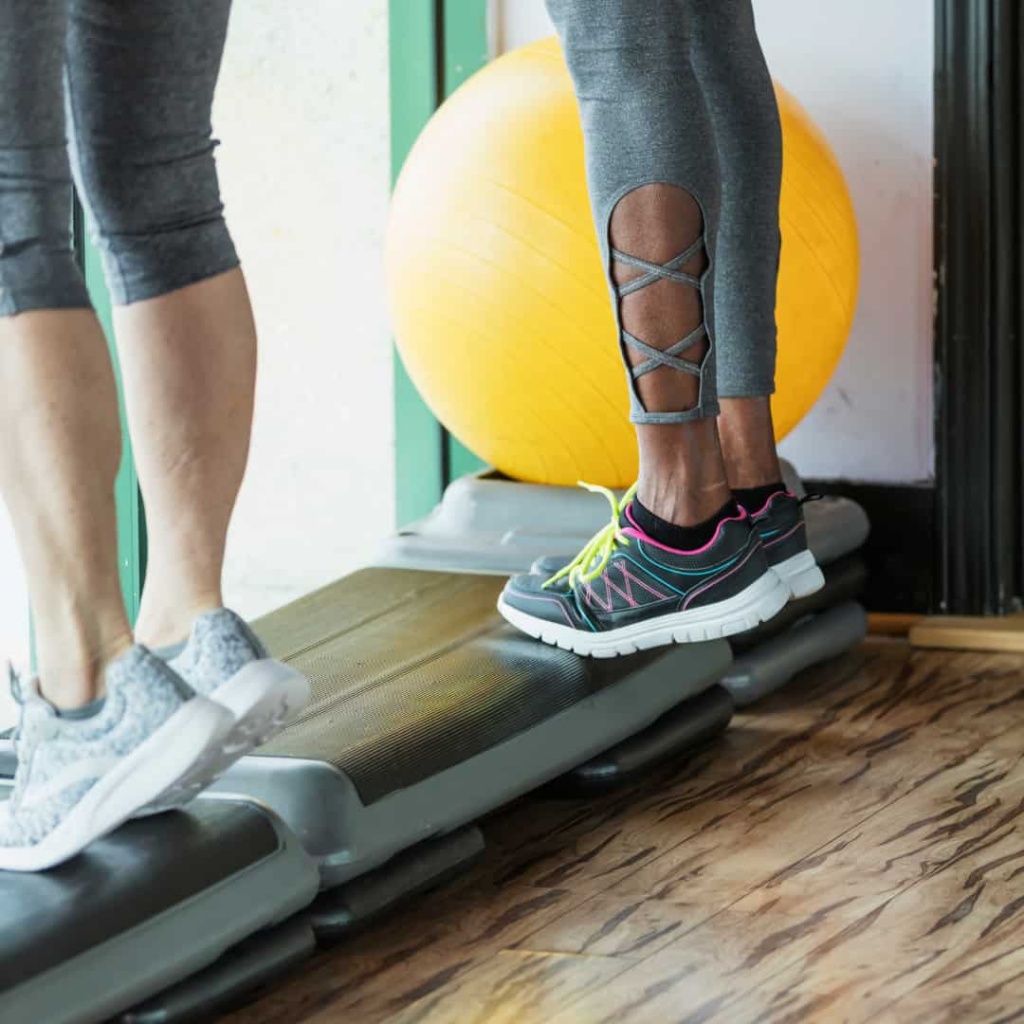
Mild Arthritis in the Foot and Ankle
Mild arthritis in the foot and ankle can greatly affect a person’s ability to use their foot and ankle. They may experience stiff ankles, reduced range of motion and experience pain (Abdo & Iorio, 1994). Foot problems can impact many aspects of one’s life from physical, social and emotional well-being (Wilson et al, 2019).
Mild Osteoarthritis of the Foot and Ankle
Foot and ankle mild osteoarthritis (OA) is a common and disabling problem that affects one’s physical function and quality of life (Paterson & Gates, 2019). Trauma is a common cause of mild osteoarthritis in the ankle (Ewalefo et al, 2018).
Ways to lessen pain from mild osteoarthritis include exercising, losing weight, using anti-inflammatory creams, and taking NSAIDs (Paterson & Gates, 2019).
fisiocrem Solugel
fisiocrem Solugel is a topical anti-inflammatory gel, that assists in the management of muscle sprains and strains. fisiocrem Solugel helps relieve symptoms of muscle injury and helps stimulate blood flow to the skin.
fisiocrem Joint Ease
fisiocrem Joint Ease helps relieve mild osteoarthritis, mild arthritis, and joint pain, including ankle pain. This formula helps reduce pain, inflammation, and swelling, giving relief to people with joint problems. fisiocrem Joint Ease has key active ingredients that help people move easily and enjoy an active life.

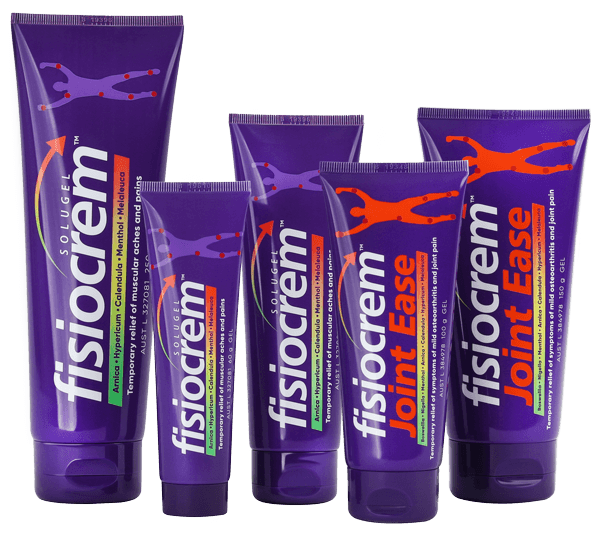
When to See a Doctor for Ankle and Foot Pain
Above all you should seek the advice of your general practitioner should you experience persistent or escalating ankle or foot pain. Especially when swelling, redness, or difficulty in weight-bearing accompanies this pain.
If you experience prolonged pain or injury, it is crucial to consult a healthcare professional. They can check for any serious problems and provide the appropriate treatment promptly.
Conclusion
In conclusion, understanding and addressing ankle and foot pain is essential for maintaining a healthy and active lifestyle. To lessen the impact of discomfort on daily life, individuals should take preventive measures, notice warning signs, and seek treatment promptly.
FAQs on Ankle and Foot Pain
1. Does ice help ankle pain?
Yes, applying ice can help reduce swelling and inflammation whilst numbing the pain in the affected area.
2. Is ice or heat better for ankle pain?
Both have their benefits:
Heat therapy can help provide short-term reductions in pain and increase blood flow to the affected area (Malanga et al, 2014).
Cold therapy following acute musculoskeletal injuries such as sprains and strains can help relieve swelling and reduce inflammation (Hocutt et al, 1982). Rest, Ice, compression, and elevation (RICE) is a method for treating inflammation after an acute ankle sprain (Van den Bekerom et al, 2012).
3. Why do I get ankle pain after running?
Many runners have injuries that occur below the knee. Foot problems are the most common injuries reported among long distance runners(Barr et al 2005). Overuse accounts for most foot injuries. Rest and rehabilitation can often resolve these injuries, which can present significant pain (Kindred et al, 2011.
Ankle sprains are common in runners because of damage to the ankle ligaments (Arnold & Moody, 2018). Running can strain the ankles; therefore proper warm-up, appropriate footwear, and gradual intensity increase can help prevent pain.
4. How to strap an ankle?
Proper strapping can provide mild ankle support and help ease ankle discomfort. Rocktape is a tape that is easy to use. If pain persists, see your health care professional for further advice.
5. Can ankle pain be a sign of a more serious condition?
Yes, persistent or severe ankle pain may indicate underlying issues such as fractures, ligament damage, or mild arthritis. Consult a healthcare professional for a thorough evaluation.
6. What are the long-term effects of untreated ankle pain?
Untreated ankle pain can lead to chronic issues, affecting mobility and overall quality of life. Seeking timely medical attention is crucial for preventing long-term complications.
7. How can I relieve ankle pain without medication?
To ease ankle pain without medicine, try the RICE method, do gentle exercises, and use pain relief creams and gels.
8. Are there specific shoes that can prevent ankle pain?
Choosing footwear with proper arch support and cushioning can help prevent ankle pain, especially during physical activities.
9. Are there exercises to prevent ankle stiffness?
Doing ankle exercises and rotations regularly can prevent stiffness and improve flexibility and range of motion.
Citations
- Abdo, R., Iorio, L. (1994). Journal of the American Academy of Orthopaedic Surgeons, 2 (6) 326-333
- Arnold, M., Moody, A. (2018). Common Running Injuries: Evaluation and Management. Am Fam Physician, 97(8) 510-516
- Barr, K., Harrast, M. (2005). Evidence-Based Treatment of Foot and Ankle Injuries in Runners. Physical Medicine & Rehabilitation Clinics.
- Ewalefo, S., Dombrowski, M., Hirase, T., Rocha, J., Weaver, M., Kline, A., Hogan, M. (2018). Literature Review. Current Reviews in Musculoskeletal Medicine, 11(4), 546–557.
- Hocutt, J., Jaffe, R., Rylander, R., & Beebe, K. (1982). Cryotherapy in ankle sprains. The American Journal of Sports Medicine, 10(5), 316–319.
- Kindred, J., Trubey, C., Simons, S. (2011). Foot Injuries in Runners. Current Sports Medicine Reports, 10(5) 249-254.
- Malanga, G., Yan, N., & Stark, J. (2014). Mechanisms and efficacy of heat and cold therapies for musculoskeletal injury. Postgraduate Medicine, 127(1), 57–65.
- Paterson, K., & Gates, L. (2019). A Review of Current Evidence and Focus on Pharmacological Treatment. Drugs and aging, 36(3), 203–211.
- Van den Bekerom, M., Struijs, P., Blankevoort, L., Welling, L., van Dijk, N., & Kerkhoffs, G. (2012). What Is the Evidence for Rest, Ice, Compression, and Elevation Therapy in the Treatment of Ankle Sprains in Adults? Journal of Athletic training, 47(4) 435-443.
- Van Reijen, M., Vriend, I., Zuidema, V., Van Mechelen, W., Verhagen, E. (2017). The “Strengthen your ankle” program to prevent recurrent injuries: A randomized controlled trial aimed at long-term effectiveness. Journal of Science and medicine in sport, 20(6) 549 – 554.
- Voice Dart, J. (2015). Edema – Natural Prevention and Treatment of Swollen Joints. Retrieved from https://montereybayholistic.wordpress.com/2015/05/15/edema-swollen-joints/
- Wilson, O., Kirwan, J., Dures, E., Quest, E., & Hewlett, S. (2017). Journal of Foot and Ankle Research, 10(1).
- Wolfe, M., Mattacola, C., Mccluskey, L. (2001). Management of Ankle Sprains. Am Fam Physician, 63(1) 93-105.

